English Essay: Exploring Themes in 'Young Goodman Brown' by Hawthorne
VerifiedAdded on 2021/04/24
|5
|1346
|487
Essay
AI Summary
This essay provides an analysis of Nathaniel Hawthorne's short story, 'Young Goodman Brown,' focusing on the protagonist's struggle with faith and the pervasive theme of hypocrisy within the community. The essay examines the symbolism employed by Hawthorne, particularly the use of the forest and the characters Brown encounters, such as Goody Cloyse and the dark figure, to represent the duality of human nature and the erosion of faith. The student highlights Brown's initial strong faith, his subsequent disillusionment during his journey, and his ultimate loss of trust in both individuals and institutions. The essay also explores how Hawthorne presents the changeable nature of individual thinking and the impact of societal pressures on one's beliefs. References to critical sources are included to support the arguments made throughout the essay. The author suggests that Brown's faith is based on certain facts and his beliefs are stunned after he came across the characters in the forest. The essay concludes by suggesting that the story emphasizes the complexities of faith and the potential for doubt to undermine one's deepest convictions.
1 out of 5
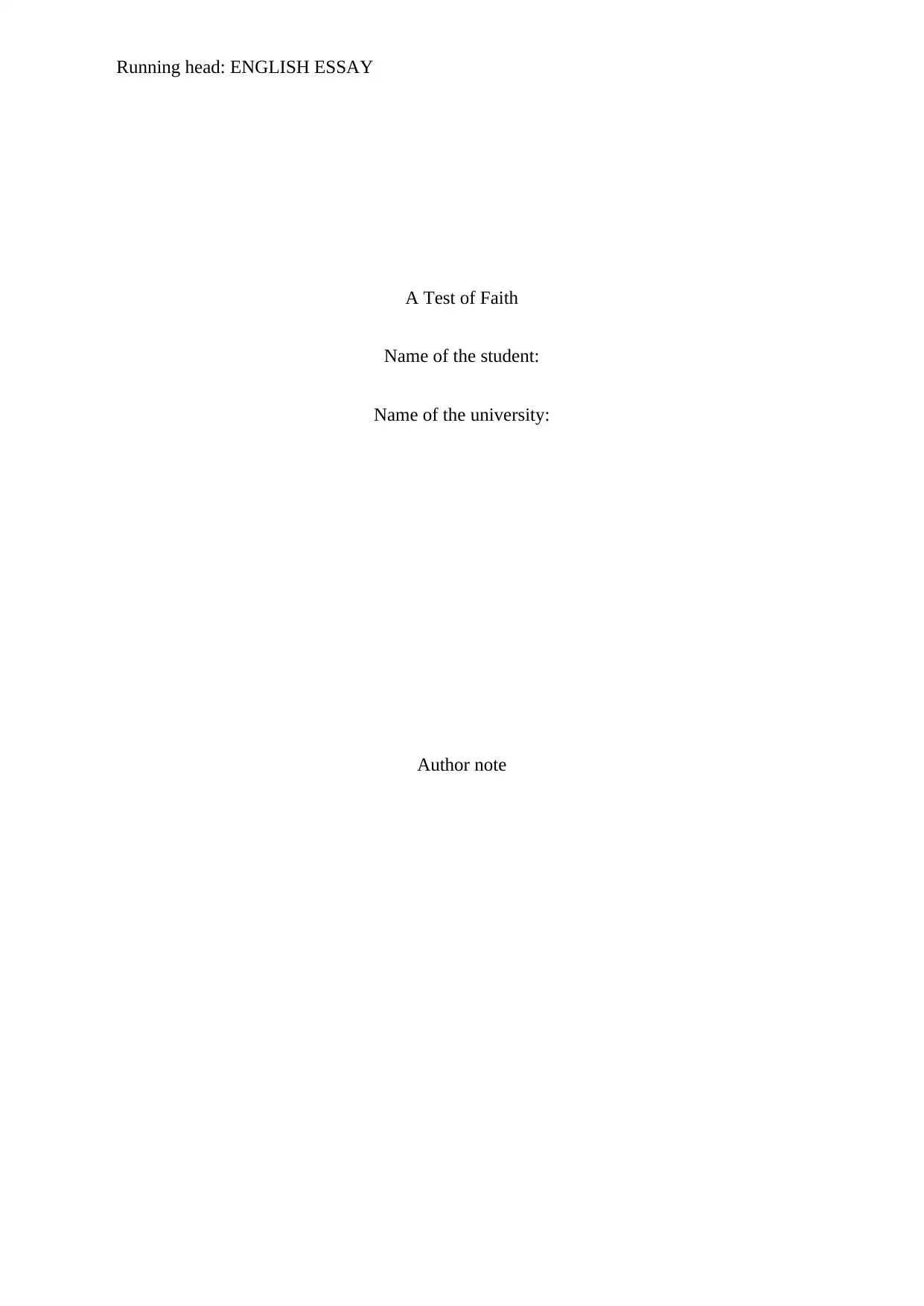
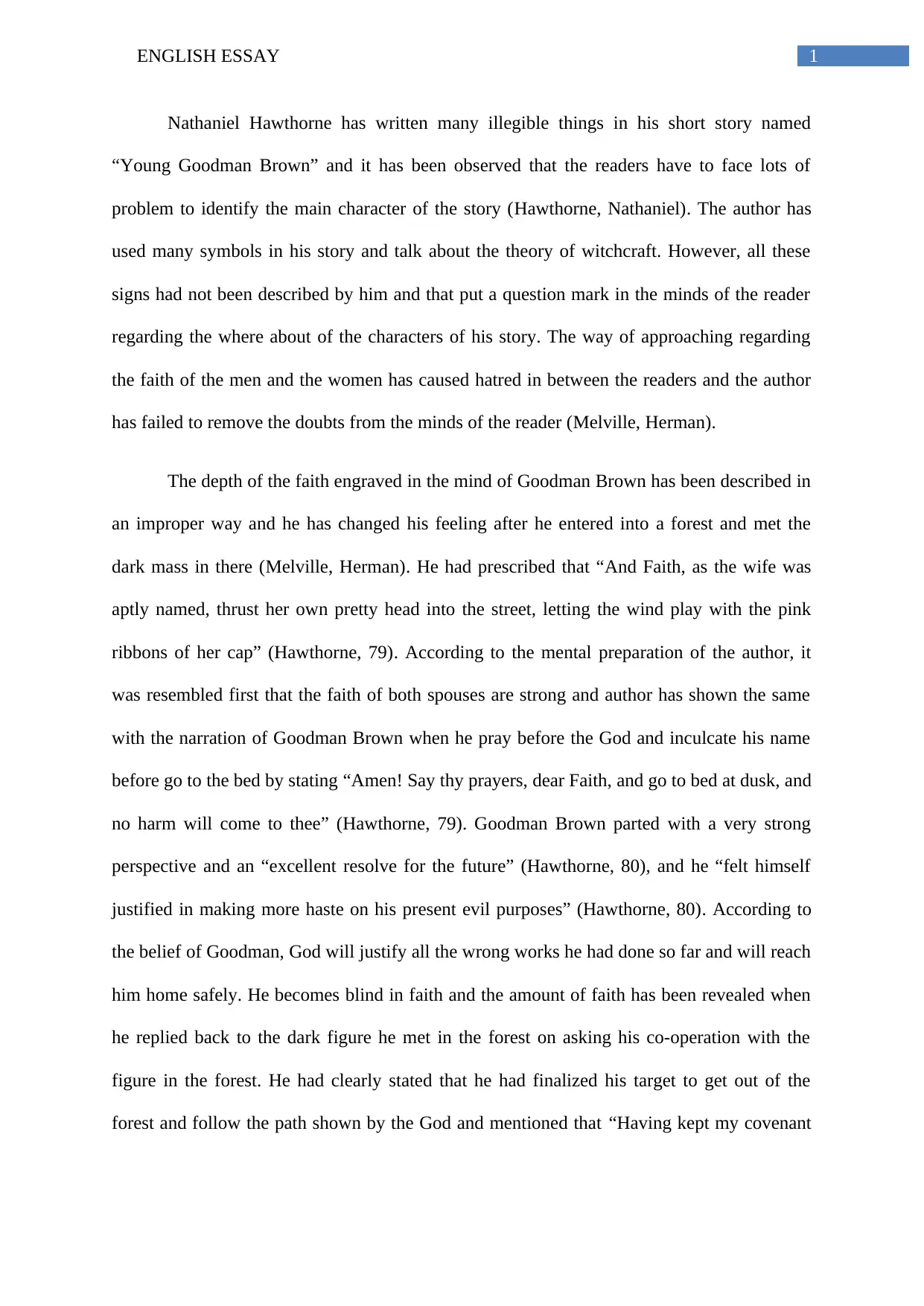
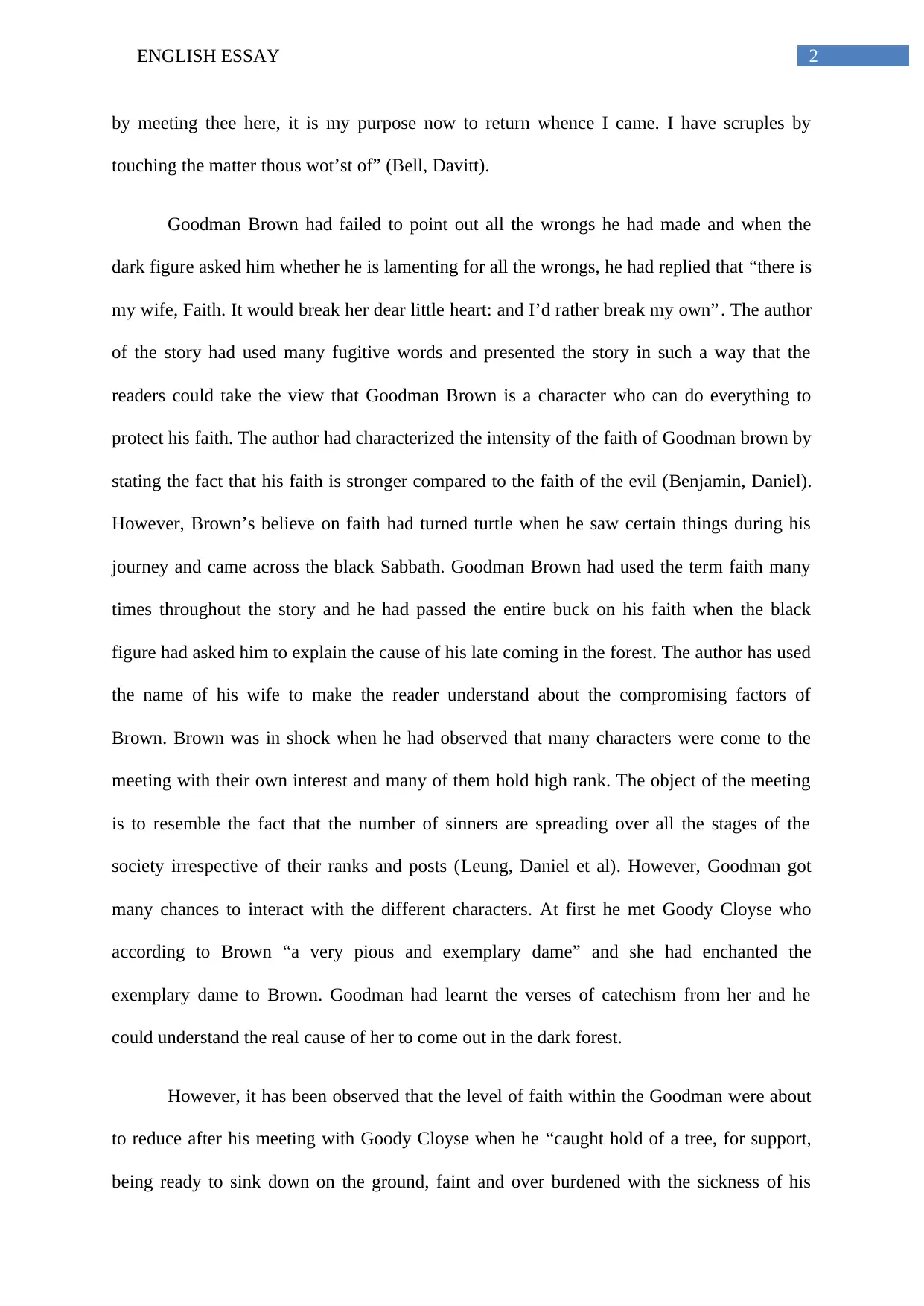

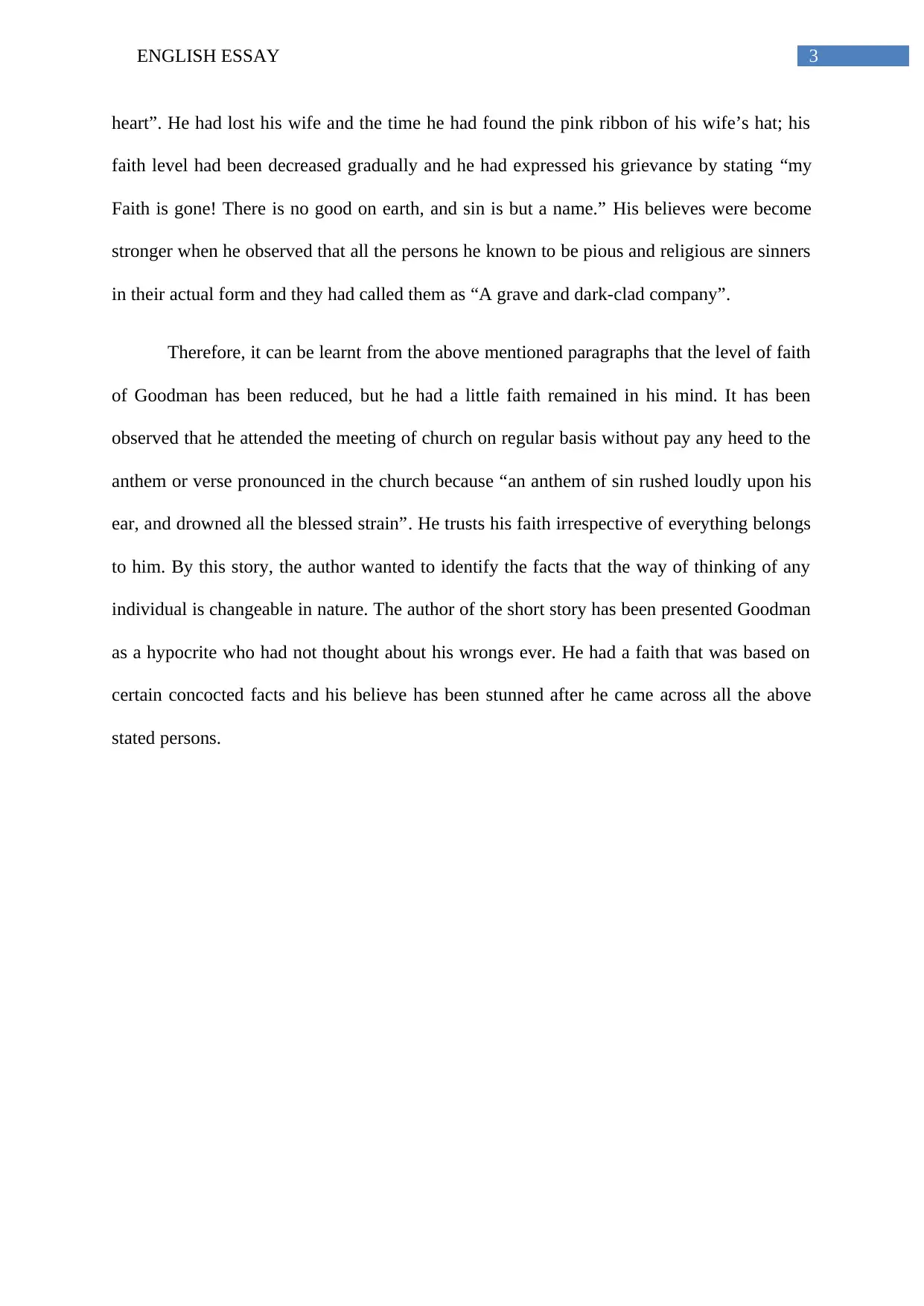
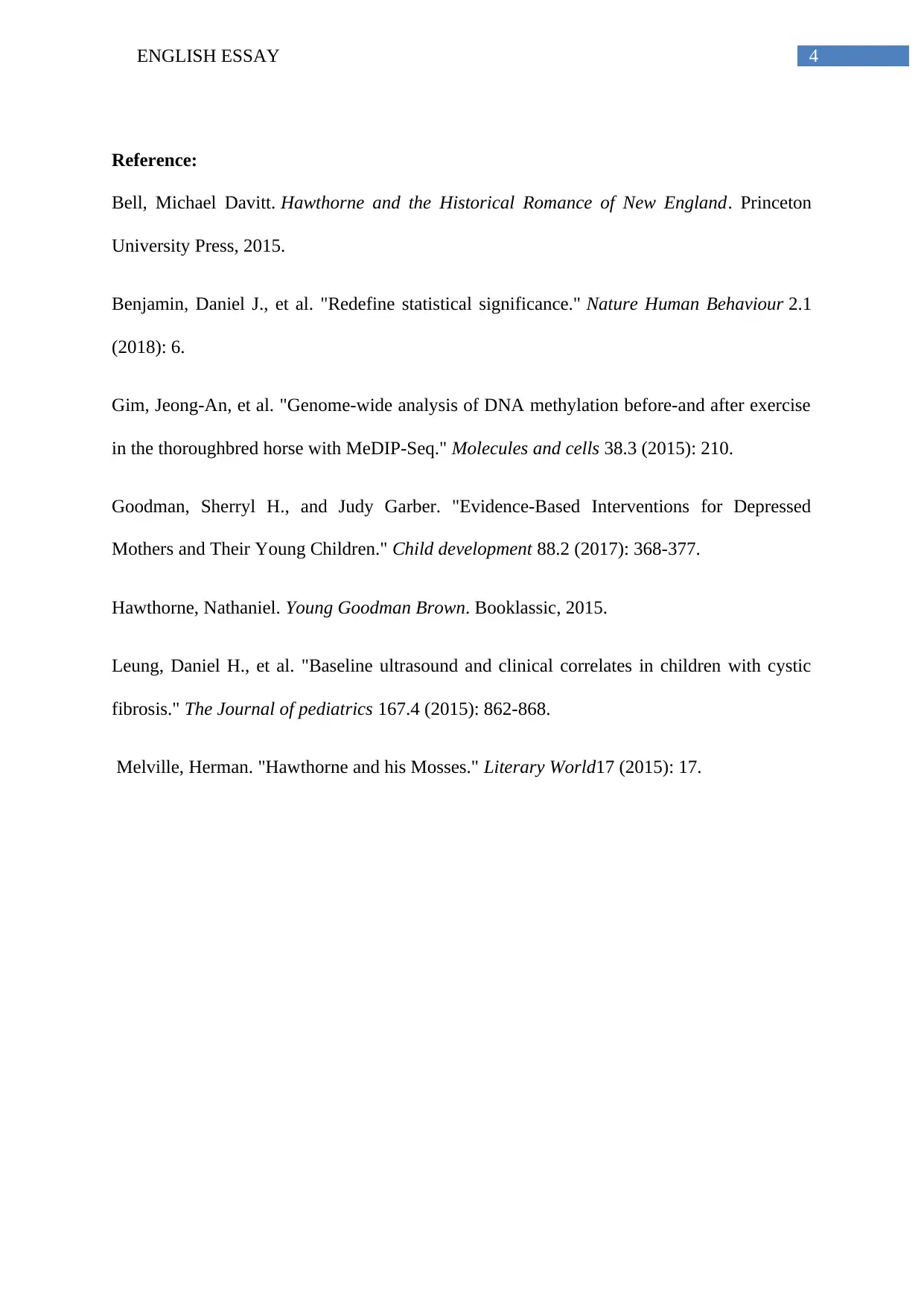



![[object Object]](/_next/static/media/star-bottom.7253800d.svg)